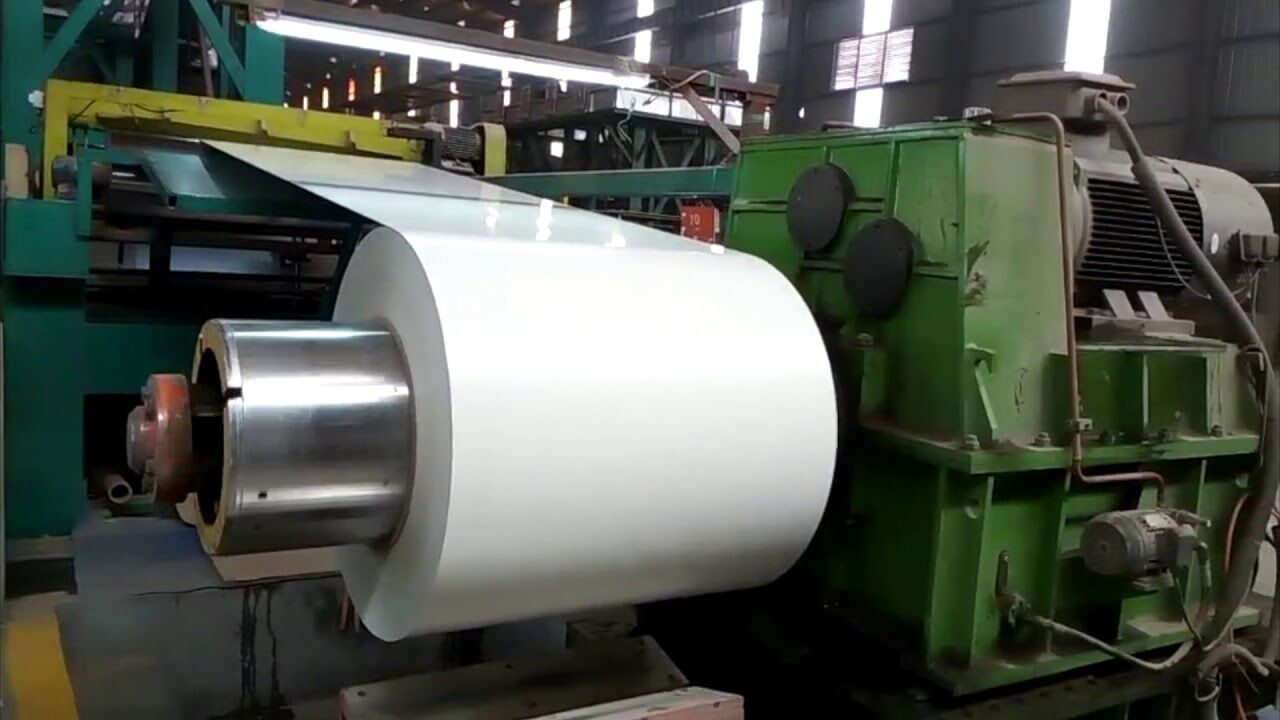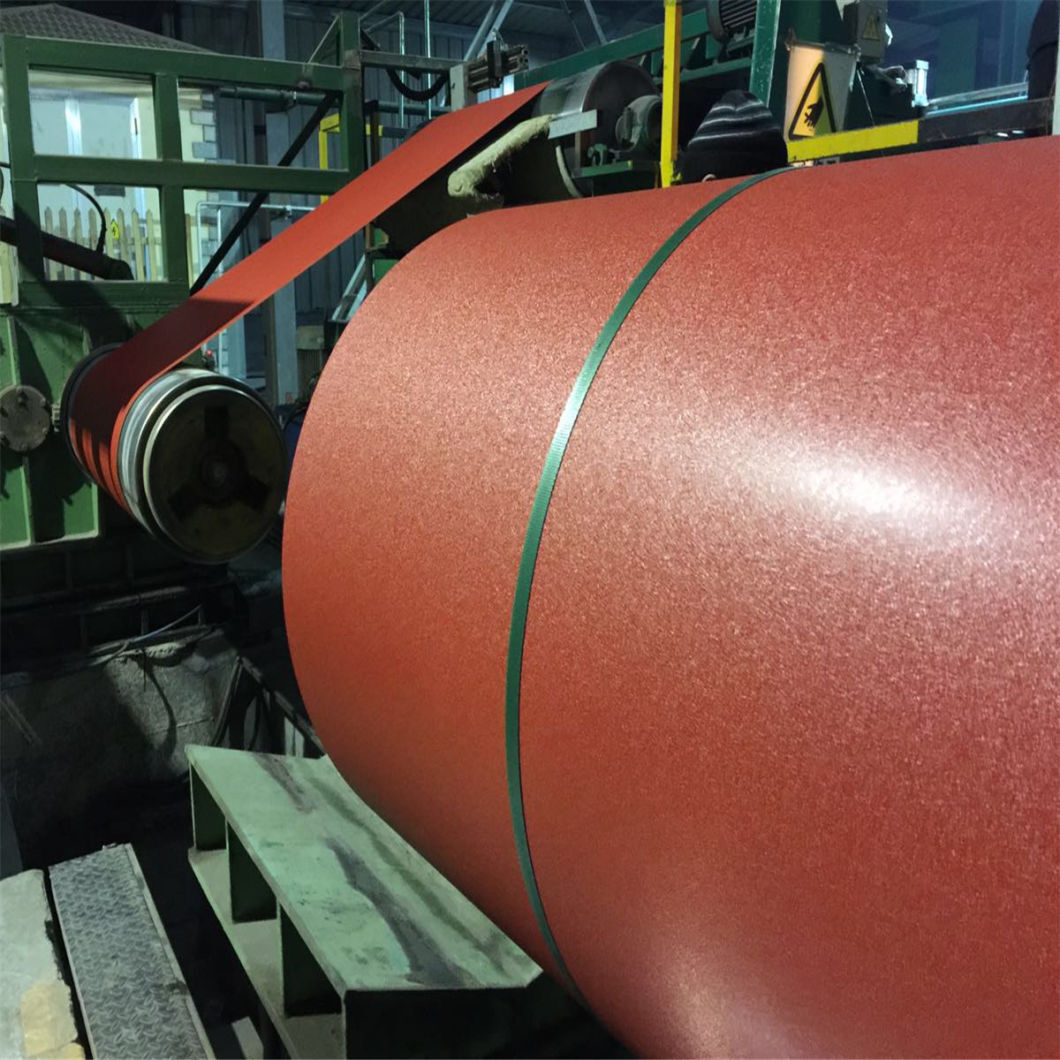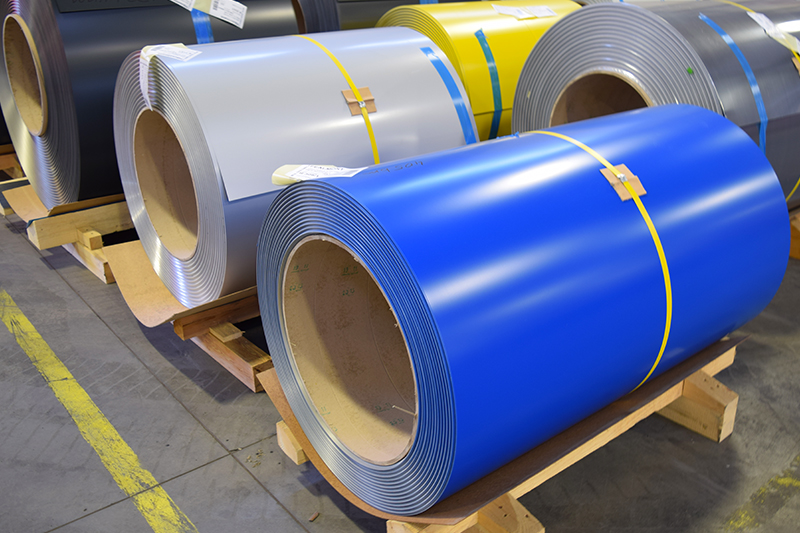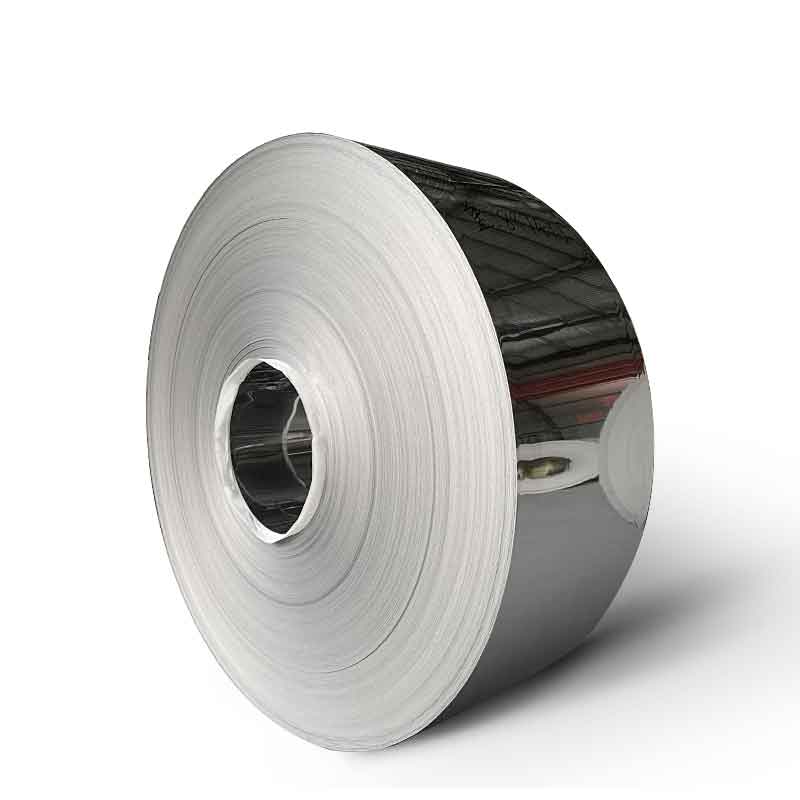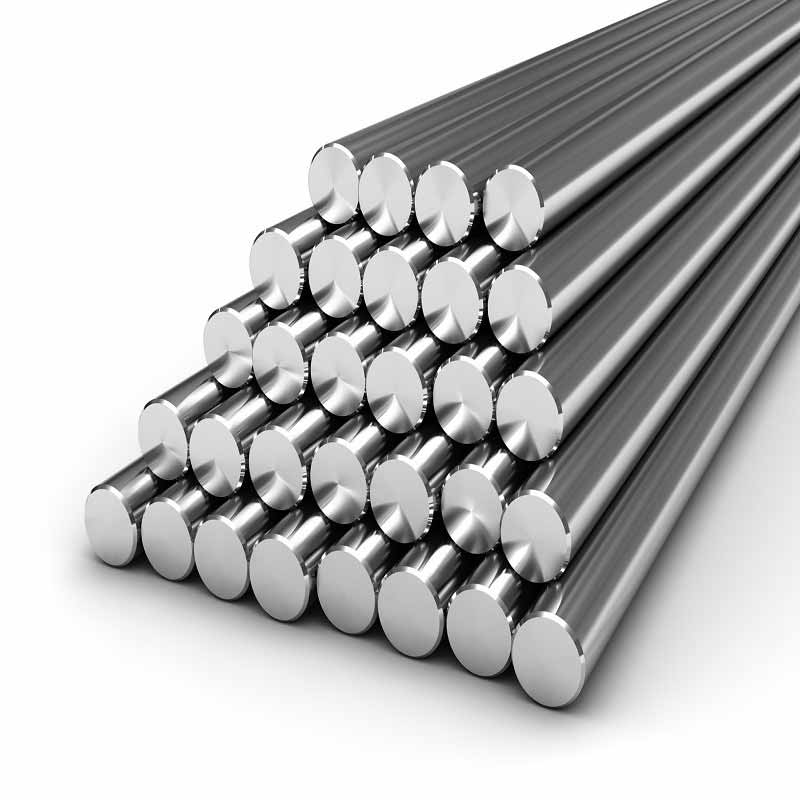
Stainless steel is an exceptionally sustainable material and this, coupled with the material's unmatched versatility, is resulting in stainless steel being chosen more and more for an ever-growing variety of applications.
Stainless steel is recyclable. Though this is a quality it shares with a number of other materials, there are several key differences. Most materials, especially plastic, degrade by a certain amount after each recycling process, eventually becoming unusable. This is not the case with stainless steel; after the material has been melted and re-solidifies, the metallic bonds are entirely restored. All of the original properties are thus retained and performance of the metal is unaffected. Stainless steel also has a high intrinsic value and so recapture rates are higher than any other recyclable material.
As stainless steel is non-toxic, it has no negative impacts on human health. The material strongly resists any growth of bacteria, which makes it the perfect option for a wide and diverse array of applications in the medical and catering industries. Stainless steel can be cleaned easily without the use of harsh chemicals that can cause damage to the sensitive environment.
Another key quality of stainless steel that enhances its sustainability is its excellent durability. It delivers an extensive useful service life, lengthening the time needed before replacement is required and reducing production demands.
The surface of stainless steel has a high solar reflective index, which can be further enhanced with the addition of paint. Particularly relevant in construction applications, this means that heat is reflected and thus dissipated, resulting in a reduced need for air conditioning which in turn reduces the amount of power required to keep a building at a comfortable ambient temperature.
More information
More products

Our contact infomation below, welcome to our beautiful office.
Tel/WhatsApp/WeChat
Send us Email
Visit us Address
GET IN TOUCH WITH US






